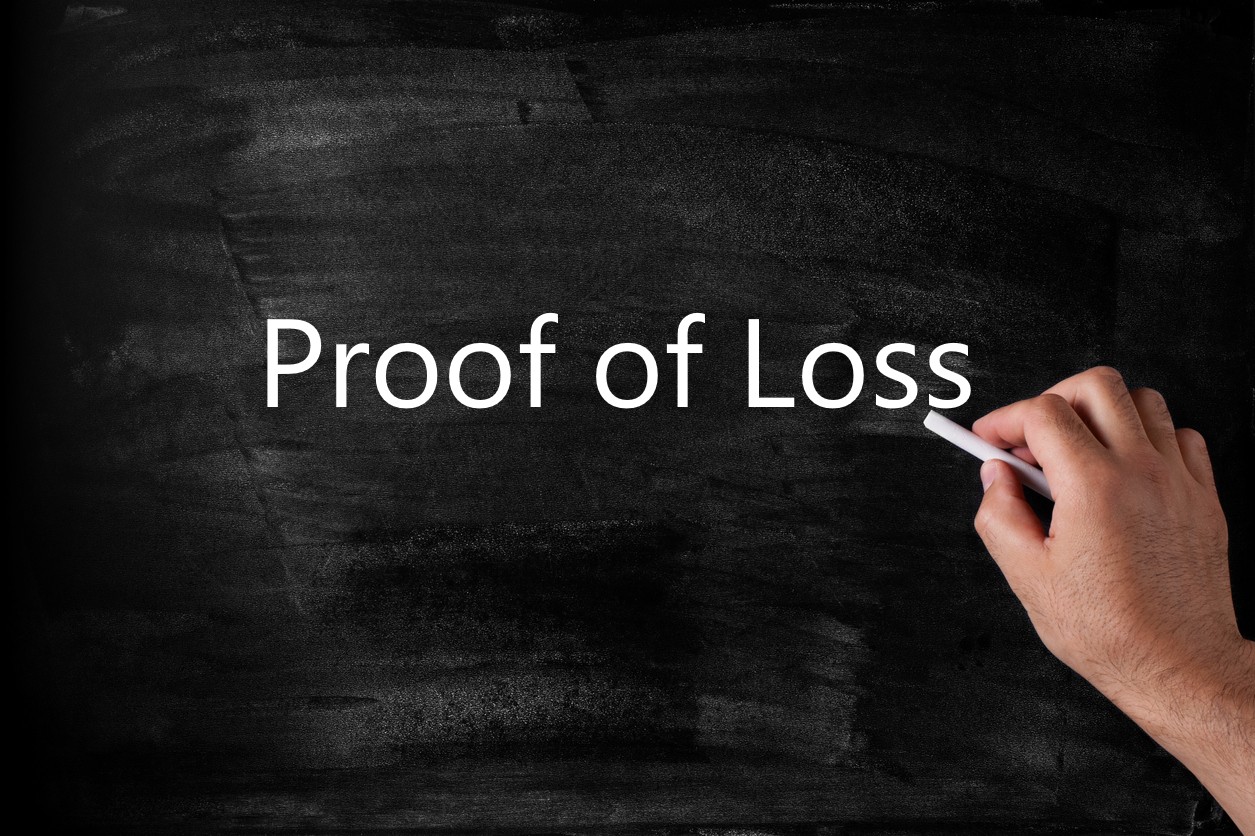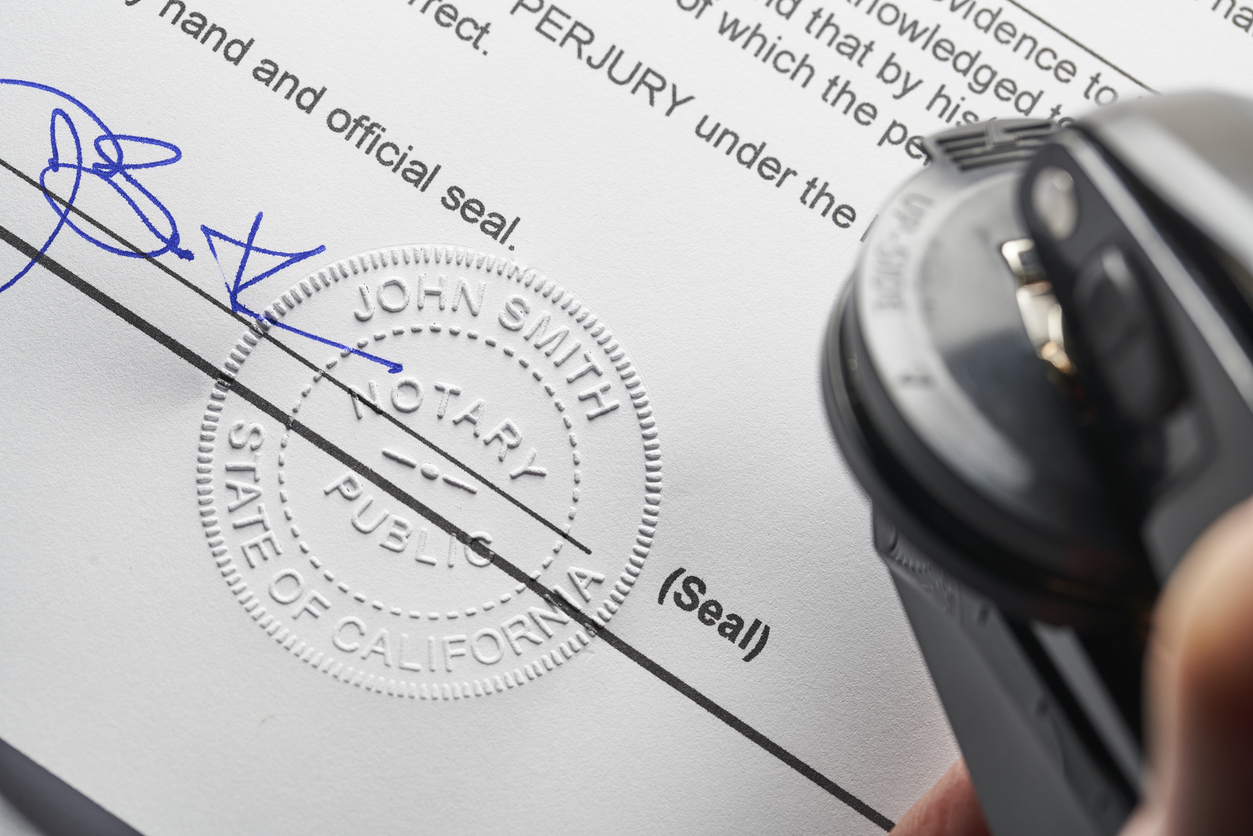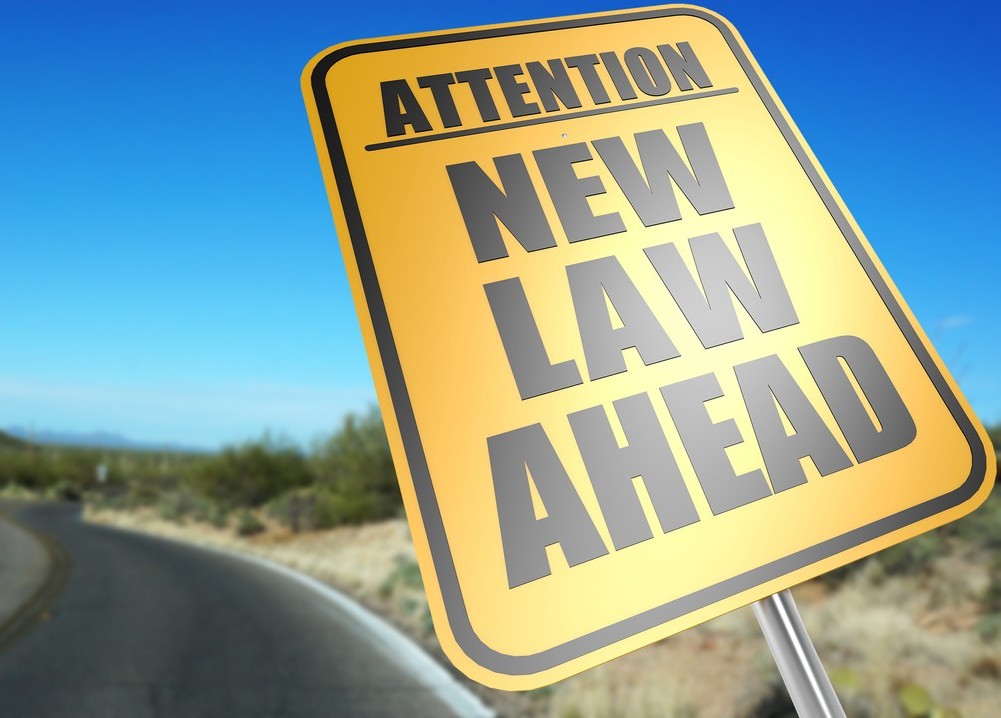(Note: This Guest Blog is by Javier Delgado, an attorney with Merlin Law Group in the Houston, Texas, office. This is the eighth in a series he and fellow attorney Tina Nicholson will be writing on Texas property insurance issues).
The ideal inspection process would have both the carrier’s adjuster and the public adjuster respect each others responsibilities and agree to jointly inspect and evaluate the damages resulting in a fair and equitable estimate documenting the damages resulting from a covered peril under the subject insurance policy, but many times this is not the case.
The inspection and re-inspection process by the insurance carrier serves many purposes. The initial inspection serves to provide the carrier with information about the damage immediately after the loss, and the re-inspection serves to educate the carrier about what repairs if any have been done, what materials were used, how much money was spent in the repairs, as a means for the carrier to bolster their case for an upcoming negotiation, and finally, it serves as a means to wear down and further frustrate the insured. Sometimes, cases can be settled shortly after a re-inspection, many times this is not the case.
It is imperative that the public adjuster control the inspections/re-inspections at all times, particularly when it involves a multi-family condominium or apartment complex. A great deal of preparation is involved in controlling the inspection process and it all begins with a written understanding between the public adjuster and the carrier’s adjuster as to what exactly will take place during the inspection process, when the inspection process will begin, who will be present, and how long the process is expected to take. Answering the question of how long it will take is sometimes impossible, but there should be a minimum timeline. Answering some of the questions:
- What – We have agreed to inspect the interior and exterior of buildings A and B, each building has approximately 55 condominium units each. The inspections will consist of only visual observation and photographs of each unit. There will not be interviews or questions of unit owners or insured’s employees, all questions will be answered by me during the inspection or after the inspection.
- When– The inspections will begin at 9:00 AM on Tuesday February 16, 2010, we will meet in the parking lot in front of the club house located at 1 Clear Pool Lane, Miami, FL.
- Who – You have agreed to provide me the names and title of all individuals who will be attending the inspections with you including the name of the company that employs each individual no later than 3 days prior to February 16, 2010.
- How long – We expect the inspections will take 3 days, but will re-evaluate whether this process can be accomplished sooner after the first day of inspections.
Before the meeting takes place, the property manager or other representative at the property must give notice to the unit owners, in many cases, the notice must be provided at least ten days in advance. The maintenance person should be easily accessible during the inspections to ensure that there is access to the roofs and other portions of the buildings usually locked to avoid accidents or vandalism. The maintenance person should not have direct contact with the carrier’s adjusters if the insured is being represented by a public adjuster or attorney, many times there is a lack of communication between the maintenance person and the carrier’s adjuster and all of sudden the insurance carrier begins to analyze the damages relying on the misinformation provided.
The public adjuster should have plenty of people present to ensure that if the carrier’s adjuster wants to divide the group into two or three separate groups, this can be accomplished while still having the ability to control the inspection process. When you first meet with the carrier’s adjuster and his group of people, make sure that you get business cards from everyone. If the individual does not have a business card, ask that person the same information that you would expect would be on his business card.
You must set the ground rules, one team or two teams, who is in charge on their side for each team, no one goes inside the unit until you have had an opportunity to go inside first and speak with unit owner confirming they can come in, re-affirm no questions or comments to the unit owners, it is expected that all involved will be polite and respectful of unit owners and their property. There have been too many times when ego’s clash during inspections and the process fails, this should be avoided at all costs, the carrier has a right to the inspections, and you do not always have to agree to scope or pricing. If the case is one that should not be resolved in appraisal, then there should not be any attempt to agree on the scope during the inspections. An agreement on scope during inspections will allow the carrier to argue the case belongs in appraisal because the scope was agreed to during the inspections and the only thing left to argue about is value. If the case is one that should be resolved in appraisal then getting an agreement on scope works in your favor.
If the carrier’s adjuster seems to be conducting an inspection that exceeds the agreement in writing, then a judgment call must be made on whether to allow for such inspection or testing because the carrier may claim lack of cooperation. However, because you have documented ahead of time exactly what the carrier will do and not do during the inspection process, you will have the documentation to avoid this problem and refute their defense.



